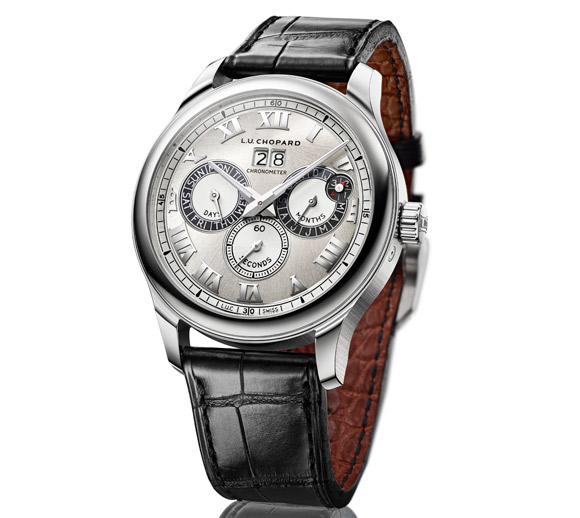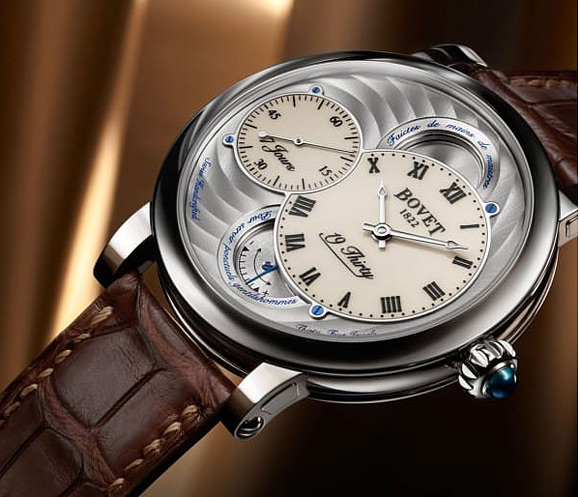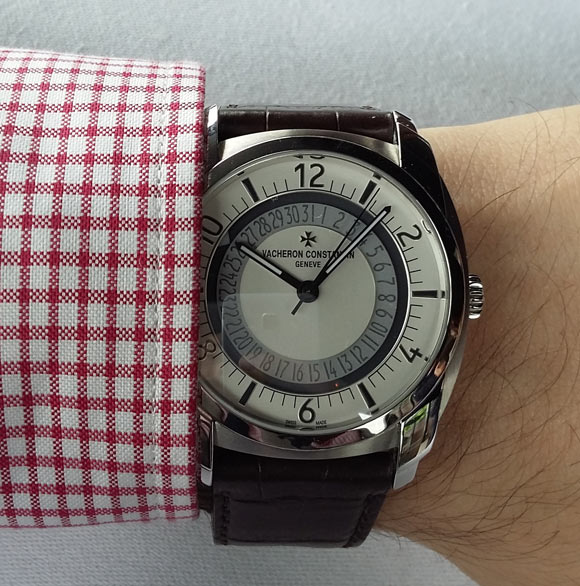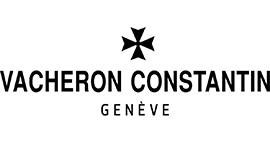Titanium is lighter, as is the even more high-tech carbon. Gold has prestige, ceramic is scratchproof and bronze has the whiff of novelty... for the time being. A plethora of materials now jostle for the right to adorn our wrists. All of them have, at one time or another, overshadowed the one material that is the most versatile ever used in watchmaking: steel. Silver in its natural state, black if treated, it doesn’t rust, it’s unbreakable, affordable, it can be polished, brushed, satin-finished, hardened, strengthened... the list of its qualities goes on. And while it can’t be considered a precious material, it is undoubtedly noble.
In watchmaking, the value of a material lies less in its intrinsic nature than in how it can be transformed. It is therefore only logical that steel should occupy a prominent position in the current watch market. In an effort to reduce prices at the entry level, many brands that have hitherto given steel the cold shoulder are now re-evaluating their priorities. Models that used to be very costly, or only available in more prestigious or high-tech materials, are being reframed.

It’s not by chance, then, that 2016 is the year Chopard has chosen to launch its first L.U.C complication watch in steel. The Perpetual Twin is the brand’s first perpetual calendar to be made in a non-precious metal. Girard-Perregaux has followed a similar strategy, finally offering its elegant dress watch, the 1966, in steel. It comes in at under the symbolic threshold of €10,000, not something we have ever seen before in this model. Ulysse Nardin is another watchmaker that has crossed the symbolic line. The Classico Manufacture is well below the 10K mark, despite featuring a magnificent dial in white grand feu enamel and an automatic in-house movement.

“Affordable” is a relative concept in watchmaking, but steel is capable of exerting its frugal presence on costlier watches, even frankly unaffordable ones. Bovet, for instance, uses steel for its 1930 model. It’s still highly exclusive – it’s a Bovet, after all. It also houses a calibre entirely designed and built in-house. But the price tag is well below the company’s usual levels. The same applies to Vacheron Constantin’s new Quai de l’Ile. With its automatic calibre 5100 it becomes the least expensive watch to hold the Geneva Hallmark – not a record you’d expect from Vacheron Constantin.


And that seems to reflect what’s happening with almost every watchmaker: they are bringing down the cost of their watch components and simplifying them as necessary. This is one explanation for the existence of Greubel Forsey’s Signature 1. Unusually, this watch doesn’t have a tourbillon, a double escapement, or any other kind of technically sophisticated wizardry designed to achieve heights of chronometric perfection. But it’s still a Greubel Forsey and, as we’ve come to expect, still costs more than CHF 200,000, largely because of its entirely new movement, its utterly exceptional finishing and the nature of the brand itself, which doesn’t do anything by halves. Of the 66 examples of this watch that will be produced, 33 are in white or pink gold with platinum, and the remaining 33 are in steel, an option that brings the price down by nearly CHF 40,000. Much obliged, steel!










